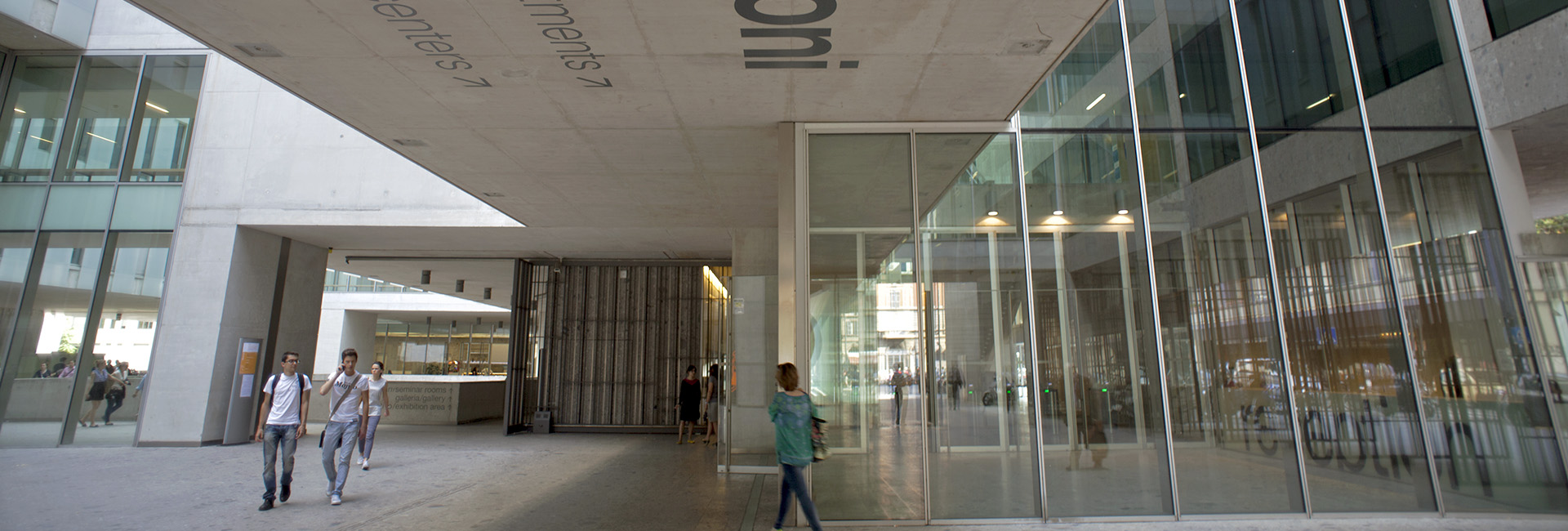30066 - ECONOMIA - MODULO 2 (MACROECONOMIA) / ECONOMICS - MODULE 2 (MACROECONOMICS)
CLEAM - CLEF - BESS-CLES - BIEMF
For the instruction language of the course see class group/s below
Classe 1: GIUSEPPE FERRAGUTO, Classe 2: ANGELO PORTA, Classe 3: CARLO FILIPPINI, Classe 4: LUCIA DALLA PELLEGRINA, Classe 5: ELISA BORGHI, Classe 6: VALERIA GATTAI, Classe 7: VITTORIA CERASI, Classe 8: DANIELA GRIECO, Classe 9: MICHELA BRAGA, Classe 10: ANGELO PORTA, Classe 11: GIUSEPPE FERRAGUTO, Classe 14: MARCO MAFFEZZOLI, Classe 15: FRANCESCO PASSARELLI
Classe/i impartita/e in lingua italiana
Il corso, dedicato all'analisi del sistema economico nella sua dimensione aggregata, introduce gli schemi teorici necessari per comprendere la dinamica di importanti variabili quali il reddito nazionale, l'inflazione, la disoccupazione, i tassi di interesse e il tasso di cambio.
- Il mercato dei beni
- I mercati finanziari
- Il modello IS-LM
- Il mercato del lavoro
- Un'analisi di equilibrio generale: il modello AS-AD
- Il tasso naturale di disoccupazione e la curva di Phillips
- Le aspettative e i mercati finanziari
- Aspettative, produzione e politica economica
- Il debito pubblico
- Il mercato dei beni e i mercati finanziari in economia aperta
- Produzione, tasso di interesse e tasso di cambio
- Crescita: i fatti principali
- Risparmio, accumulazione di capitale e produzione
- Progresso tecnologico e crescita
O. BLANCHARD, A. AMIGHINI, F. GIAVAZZI, Macroeconomia - Una prospettiva europea, Il Mulino, 2011.
Class group/s taught in English
The course provides students with the theoretical framework needed to understand the functioning of the economy as a whole, and investigates the level and rate of change of the determinants of important aggregate variables such as the gross domestic product, the price level, the unemployment rate, the rate of interest and the exchange rate.
- The Goods Market
- Financial Markets
- Goods and Financial Markets: the IS-LM model
- The Labor Market
- The AS-AD model
- The Natural Rate of Unemployment and the Phillps Curve
- Financial Markets and Expectations
- Expectations, Output and Policy
- Government Debt
- Openness in Goods and Financial Markets
- Output, the Interest Rate and the Exchange Rate
- The Facts of Growth
- Saving, Capital Accumulation, and Output
- Technological Progress an Growth
Written Exam.
O. BLANCHARD, A. AMIGHINI, F. GIAVAZZI, Macroeconomics - A European Perspective, Prentice Hall, 2010.





